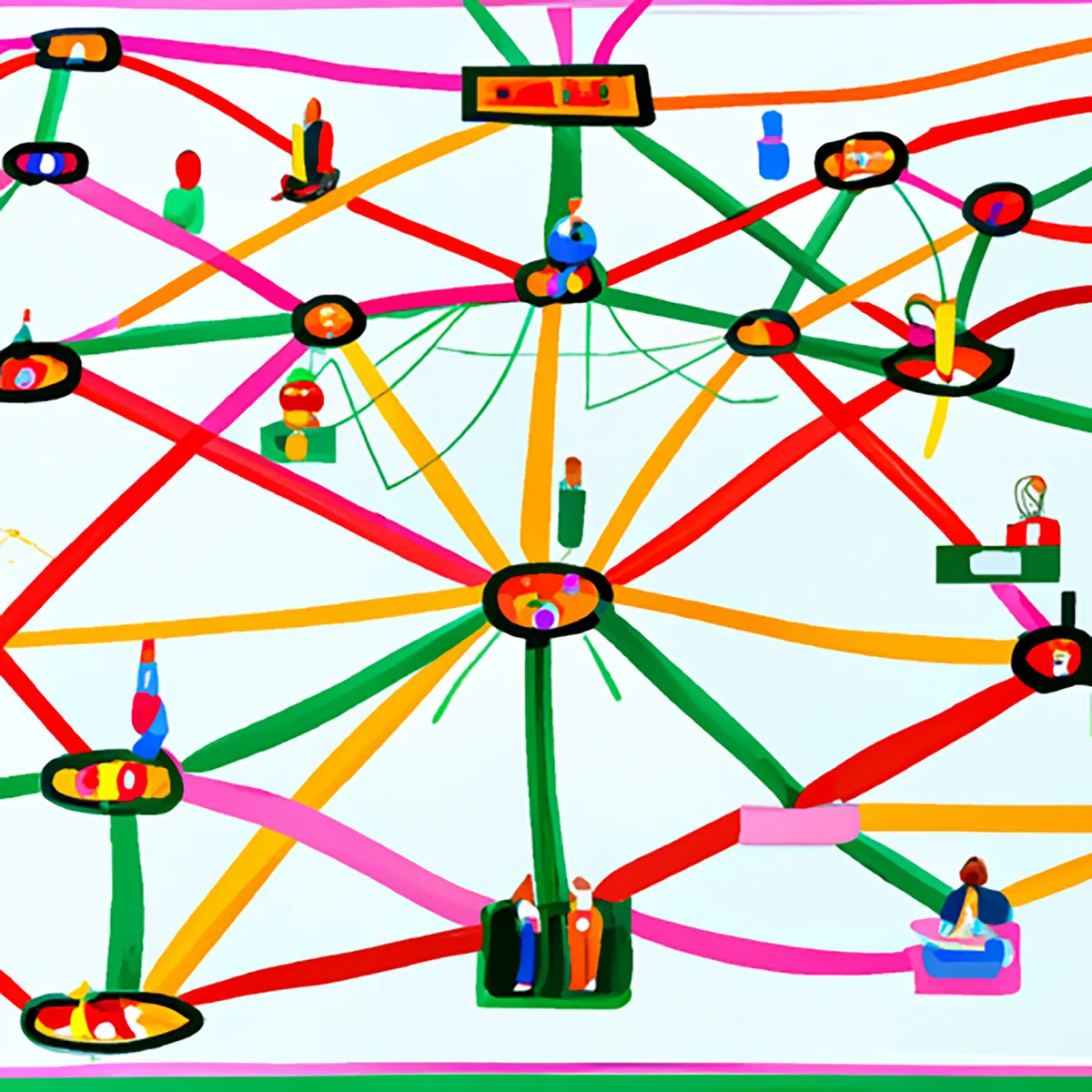Collaboration
Stakeholder Analysis
Effective stakeholder management is crucial for project success. This workshop assists in identifying all stakeholders who have a significant impact on decisions or could be affected by them. By understanding the varying levels of input and interest, decisions can be aligned and an effective communication strategy can be developed. This stakeholder analysis works well in both online and face-to-face settings, utilizing physical or virtual whiteboards.

Workshop steps
Construct a 2x2 Matrix using Power and Interest as the axes in this manner: (Y Axis) Power: Measure a stakeholder's influence level in the system - their ability to guide or impact a project and other stakeholders. (X Axis) Interest: Assess how much a stakeholder will be impacted by the project. [INSERT IMAGE LINK]
Make a list of stakeholder groups by addressing these questions: - Identify those affected by the project - Determine who will be in charge or accountable for the project - Decide who will have decision-making power on the project - Recognize who can support or hinder the project - Find out who has experience with similar projects Possible stakeholders include: - Clients - Leaders - Shareholders - Students/Participants - Governments - The community - Senior executives - Partnerships - Trades associations - Co-workers - Suppliers - The press - Interest groups - Customers - Analysts - The public - Prospects - Key contributors - Key advisors
First, arrange stakeholders on the grid according to their power and interest levels. 1. High power, highly interested people (Engage Closely): Keep them fully engaged and satisfied by actively involving them in the process. 2. High power, less interested people (Keep Satisfied): Invest enough effort to satisfy them without overwhelming them with excessive information. 3. Low power, highly interested people (Keep Informed): Provide them with adequate information and communicate regularly to address any emerging issues. They can be valuable in assisting with details. 4. Low power, less interested people (Monitor): Keep an eye on them without overloading them with communication. For instance, shareholders typically have high power and interest in your projects, while coworkers may have high interest but limited power.
Talk about specific tactics for each stakeholder: - Identify who needs to know what information and when - Determine who should be consulted on certain topics and when - Assign someone to engage with each stakeholder - Understand their main motivations - Assess their financial and emotional interests in the outcome, whether positive or negative - Evaluate their current view of your work and if it's based on accurate information - Recognize who influences their opinions and if these influencers are key stakeholders - Consider ways to gain their support for your project - Develop strategies to handle any opposition Categorize your stakeholders using 3 colors: green for advocates & supporters, red for critics, and yellow for neutral stakeholders. LINK TO IMAGE The image illustrates that more effort is needed to convince Simpson and Moss of the project's benefits, while Olsson, Ali, and Adebayo should be engaged as strong supporters.
Need help with this workshop?

